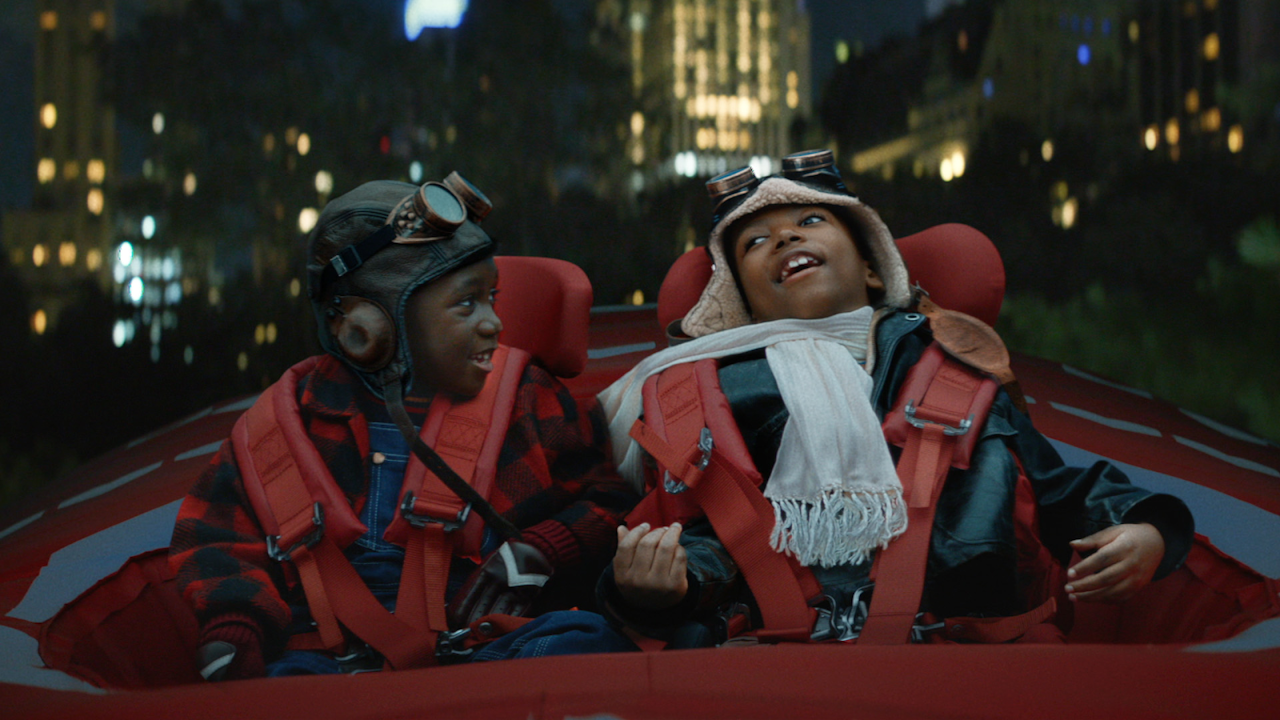Directed by Academy Award-winner Tom Hooper, There’s Magic in All of Us tells the story of a child with a neurological disorder who goes on a mesmerizing journey inspired by a dog equipped with a mobility aid.
Montefiore Medical Center, a hospital and academic medical center in New York City, has released a heartwarming short film that illustrates the transformative role technology plays in the lives of people with disabilities.
Titled “There’s Magic in Everyone,” the five-minute film introduces viewers to Solo, a boy with a neurological condition that impairs his speech and motor skills, and his able-bodied brother, Henry. Solo struggles with the limitations imposed by his disability when Henry innocently asks about his dream of becoming a pilot, a question well-intentioned but heavy-hearted.
But a chance encounter changes everything: Through his window, Solo sees an older man walking his dachshund, supported by a mobility aid. This simple, yet meaningful sight fills Solo with joy and erases the sense of loneliness he often feels. Using Montefiore’s cutting-edge eye-tracking technology, Solo paints a beautiful picture of the dog using only his eyes.
Later that night, in a dream, the dachshund transforms into a giant balloon and takes Solo on a magical adventure through New York City. In the dream, Solo and his newfound canine friend rescue Henry from a bully, and the three take off into the snowy skies. The brothers, donning aviator hats and goggles, become pilot and co-pilot.
The film is directed by Tom Hooper, an Academy Award-winning director known for romantic dramas such as The King’s Speech (2010) and The Danish Girl (2015), while the music is by Alexandre Desplat, an Academy Award-winning composer who has worked on films by Wes Anderson, Kathryn Bigelow, and Guillermo del Toro.
The eye-tracking technology depicted in the film was developed by neurologists at Montefiore’s Einstein campus. The hospital says the technology has revolutionized communication for people with disabilities, allowing them to express their thoughts and understanding and dispelling the misconception that they have limited cognitive abilities. Essentially, the technology gives a voice to the estimated 4 million people in the United States who have difficulty speaking.
“When I first saw eye tracking, it was fascinating, in part because these children are so misunderstood — like an island of lost inner thoughts. It’s uniquely fascinating to see the level of joy that eye tracking brings, and how it expands a child’s world,” said Mark F. Mehler, medical director of the Saul R. Corey Department of Neurology at Montefiore Einstein.
The film is produced by Smuggler, a film, television, commercial and music video production company, and was conceptualized by award-winning advertising agency Alto New York.
Interested in creative campaigns? Check out our Ad of the Day section and sign up for our Ad of the Week newsletter so you don’t miss out on any updates.

